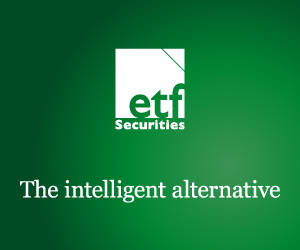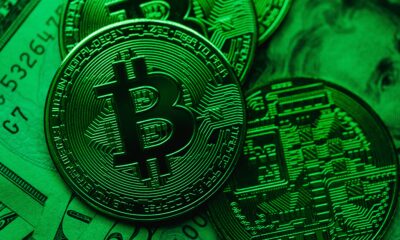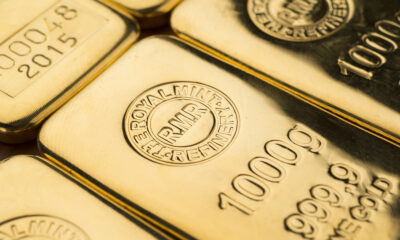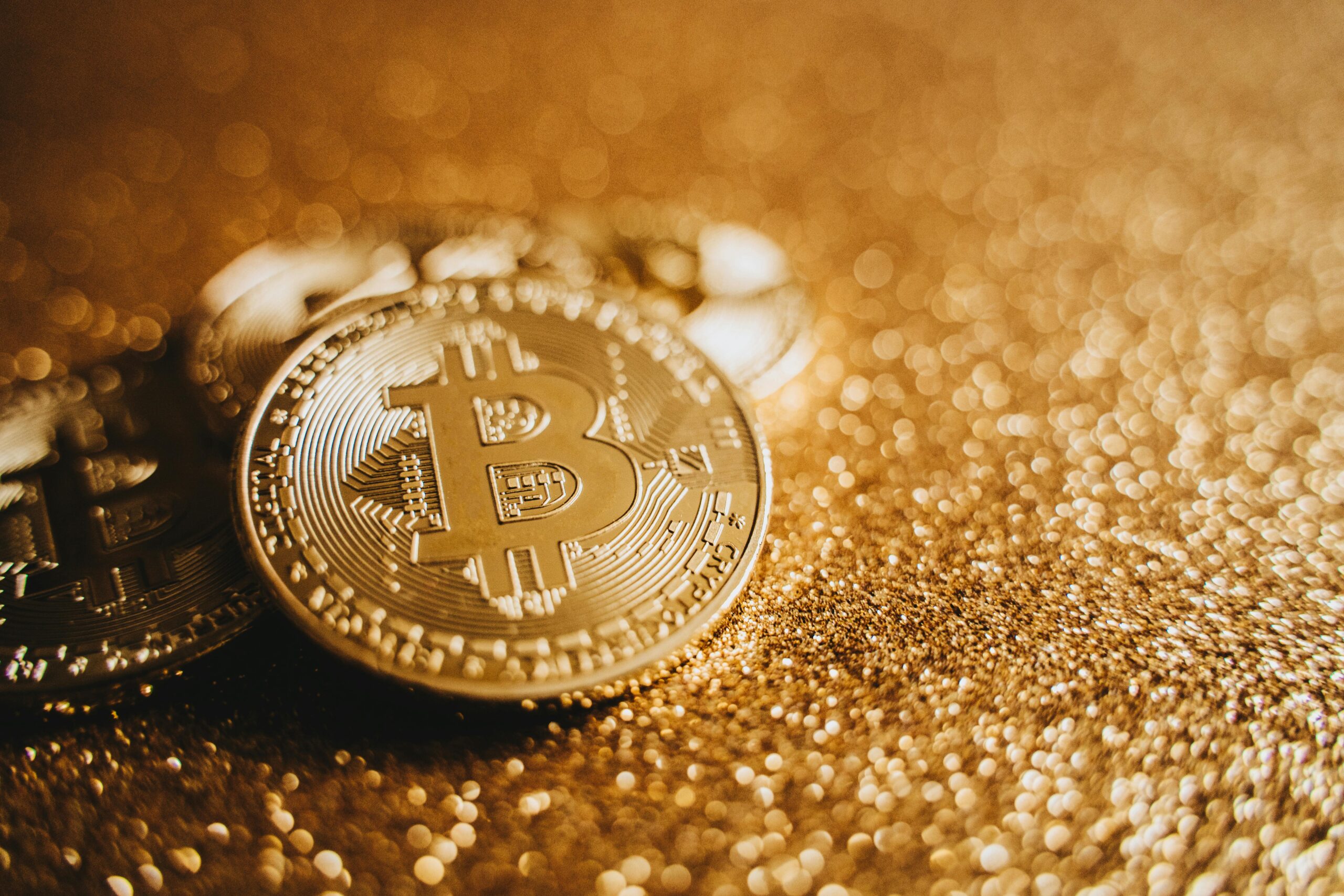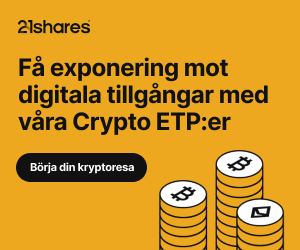Commodities Research – Commodity recovery to continue although geopolitics acts as source of volatility
Highlights
- Industrial metals likely to lead commodity performance in 2018 on the back of tight supply and demand continuing to rise.
- Monetary conditions likely to weigh on gold although geopolitical risks are holding prices up for now.
- Planned production curbs and geopolitics currently keeping oil prices high; US production likely to expand.
Commodities are in a third year of a recovery, after a five year slump. Being largely a cyclical asset class, commodities have traced the economic recovery that has gathered momentum in recent years. Global manufacturing purchasing managers indices hit a seven year high earlier this year, indicating that manufacturing order books are strong and inventories are lean, boding well for commodity-intensive demand from the industrial sector. In recent weeks the threat of a trade war has dented otherwise strong performance and we believe that as long as the threat subsides, fundamentals will supersede and allow commodities to continue to recover. For certain commodities like aluminium and oil, the threat of supply disruptions from sanctions could lead to higher prices as long as demand is not hampered by the economic uncertainty that trade wars and sanctions breed.
Asset Class Performance Ranked – 2007-2018
Source: ETF Securities, Bloomberg
Data until April 30, 2018; All returns are in USD; YTD returns are from 29 Dec 17 to 30 Apr 18; 10 Yrs returns are annualised from 29 Dec 07 to 29 Dec 17.
Data: Equity – MSCI World, Bond – Bloomberg Barclays Agg Sovereign TR Unhedged, Real Estate – EPRA/NAREIT Global, Commodity – Bloomberg All Commodities, Cash – US T-Bill 3 Mth
Historical performance is not an indication of future performance and any investments may go down in value
As highlighted below, commodities are not a homogenous, unified asset class and the performance of each subsector can be vastly different. We expect differentiated performance during 2018. Industrial metals are likely to continue to take a lead (leveraging off their cyclical nature). Meanwhile a rising interest rate environment is likely to place downward pressure on gold prices, although the metal is likely to benefit from its potential role as a haven asset. With oil prices likely to have topped out, energy prices are likely to be a drag on the wider commodity complex, if the geopolitical premium currently present dissipates. Agriculture is somewhat difficult to assess until the crop is in the ground, but based on what’s in progress, damage to the US winter wheat and West African cocoa crop could be countered by a strong rebound in sugar and coffee production, leaving that segment broadly flat.
Commodity Sector Performance Ranked – 2007-2018
Source: ETF Securities, Bloomberg Data until April 30, 2018; All returns are in USD; YTD returns are from 29 Dec 17 to 30 Apr 18; Data: Proxies for each commodity sector using Bloomberg sub-sector indices TR
Historical performance is not an indication of future performance and any investments may go down in value
Industrial metals
Most industrial metals are in a supply deficit (i.e. demand is greater than supply). Demand remains strong in an environment of economic growth, while supply has been constrained after a dearth of capital spending by miners. It is unlikely that supply will surge in the near term give the lags between project sanction and completion. Recovering miner margins are likely to see several metals come to a production balance in a couple of years, but for now the market remains tight.
Copper supply was constrained last year as the world’s top two producers Escondida in Chile and Grasberg in Indonesia underwent supply disruptions. The root causes of these disruptions have not been fully resolved. Workers at Escondida went on strike for 44 days as they were unhappy with wage negotiations. Instead of agreeing on a wage that would be palatable, Escondida used an obscure law to extend the current contract to this year. That contract expires in July 2018. Early wage negotiations have started, but there is no guarantee that an amicable outcome will be reached without further outages.
Production at Grasberg paused due to an impasse between the majority owner of the mine, Freeport McMoran Inc and the Indonesian Government who insisted that they divest 51% of their holdings of the local mine. While an agreement has been reached, the deal still needs to be financed, and it is not clear at what price. Either way, Freeport is unlikely to invest significant amounts in this mine, given its recent experience with ownership rights. With the open pit part of the mine likely to be exhausted in coming years, underground deposits will need to be developed. That will be difficult if investment is inadequate.
Alongside the strength in cyclical demand for nickel, structural changes in demand bode well for the metal. Nickel is used in battery technology, which is experiencing a boost in demand from the electric vehicle industry. In 2016, the stock of electric vehicles was around 2 million (0.2% of total stock). The International Energy Agency forecast that by 2020 there will be between 9 and 20 million electric vehicles and by 2025 there will be 40-70 million vehicles. The nickel-manganese-cobalt (NMC) cathode is the most popular cathode used in lithium-ion batteries.
The European Commission’s Joint Research Centre forecasts that NMC cathodes will grow more than other forms. By 2025, they expect NMC demand to rise from 40k tonnes in 2015 to 192k tonnes (a rise from 29% share to 48% share of the overall cathode active materials market for batteries).
Up until recently, the NMC cathode would use equal parts of nickel, manganese and cobalt, but the market is changing to a 8:1:1 ratio of the three metals (in favour of nickel). The reason for the transition is largely due to the relative scarcity of cobalt and potential supply disruptions to the metal. 60% of the world’s cobalt is mined out of the Democratic Republic of Congo (DRC), a country which lacks political and economic stability.
Although the threat of trade wars and sanctions have put into question the strength of potential demand for industrial metals and thus dented the performance of certain metals in recent weeks, the disruption to trade could equally tighten the supply of metal. That is already being played out in aluminium.
Precious metals
Gold has been a key beneficiary of the recent rise in geopolitical risk. Gold wears many hats. At times it is a monetary asset – an alternative currency to the US Dollar or Euro – whose value historically declines in periods of monetary tightening. Other times it can be seen as a safe-haven asset – the port of call for investors seeking refuge from the volatility that uncertainty breeds. Today gold is wearing that second hat. In fact for most of this year gold has been sporting its safe-haven hat. US government shutdowns, sabre-rattling between US/Japan and North Korea, the ratcheting up of a trade war between the world’s largest economies, interactions between Russia and NATO sponsors deteriorating back to cold-war tendencies, the potential return of sanctions against Iran and the proxy war between Saudi Arabia and Iran are few of the sources of investor anxiety. That’s all in the backdrop of cyclical assets experiencing periodic downward lurches after several years of serenity. In recent days the threat of military strikes in Syria have added to that anxiety.
In the absence of this second hat, we believe that gold would be trading much lower than the US$1309/oz level it was trading as of 01/05/2018 (Bloomberg). Interest rates in the US are rising, which will place downward pressure on gold prices, especially if the US is increasing rates faster than its counterparts in other countries (which could reverse the recent US Dollar weakness). In the absence of geopolitical risk, we believe that gold could decline to US$1275-US$1285/oz at the end of this year.
Energy
Oil prices have rebounded significantly from their 2016 lows of US$28/bbl. At close to US$74/bbl (01/05/2018, Bloomberg), oil prices are still far from their 2014 highs of US$115/bbl, and we believe are unlikely to reach that point in coming years. Indeed, oil is currently trading at the upper end of what we think is a viable trading range (in the absence of new supply shocks). For as much as the Organization of the Petroleum Exporting Countries (OPEC) has made progress in curbing production and reducing OECD inventories of oil, the high price environment will encourage further expansion of production from the United States. The US shale oil industry is price-sensitive and nimble. In contrast to traditional oil production which has multi-year lead times, the decision to switch on a rig in the US can lead to oil production within a matter of weeks. We expect US supply to continue to rise, which will keep a lid on prices. Meanwhile, we expect that OPEC will start to signal how it will taper its curbs on production down in 2019 at its June 2018 meeting. So there is likely to be downward pressure on prices.
However, for the time being there is a geopolitical premium on oil prices. Potential sanctions against Iran and Russia could tighten the market up more aggressively than is currently assumed. Obviously geopolitical risk can blow over as quickly as they flare up, which could remove the premium in oil. However, should the risks crystallise in actual sanctions, prices could trend higher.
Curve dynamics
When investing in commodities via futures contracts (or solutions tracking a futures contract), an investors is exposed to the price difference between an expiring contract and the new contract they roll into. Sometimes that works in the investors favour (i.e. when the new contract is cheaper than the expiring contract – referred to as backwardation) and sometimes that works against the investors (i.e. when the new contract is more expensive than the expiring contract – referred to as contango). For several years (between 2014 and 2017), the Brent futures curve was primarily in contango, which acted as a drag on performance for investors in Brent futures. A global excess supply of oil kept front month prices of oil lower than elsewhere on the futures curve. OPEC’s efforts to drain excess inventories of oil since 2017 have helped Brent oil futures move back into backwardation. Although we expect OPEC to slowly taper some of its curbs on production in 2019, we are unlikely to see a glut of inventory develop again. Therefore, unless demand suddenly declines (which we don’t expect), we are unlikely to see the Brent futures go back into contango this year and hence this source of drag on performance is likely to be mitigated.
Brent oil: front minus second month contract price
For more information contact:
ETF Securities Research team
ETF Securities (UK) Limited
T +44 (0)207 448 4330
Important Information
This communication has been issued and approved for the purpose of section 21 of the Financial Services and Markets Act 2000 by ETF Securities (UK) Limited (“ETFS UK”) which is authorised and regulated by the United Kingdom Financial Conduct Authority (the “FCA”).
The information contained in this communication is for your general information only and is neither an offer for sale nor a solicitation of an offer to buy securities. This communication should not be used as the basis for any investment decision. Historical performance is not an indication of future performance and any investments may go down in value.
This document is not, and under no circumstances is to be construed as, an advertisement or any other step in furtherance of a public offering of shares or securities in the United States or any province or territory thereof. Neither this document nor any copy hereof should be taken, transmitted or distributed (directly or indirectly) into the United States.
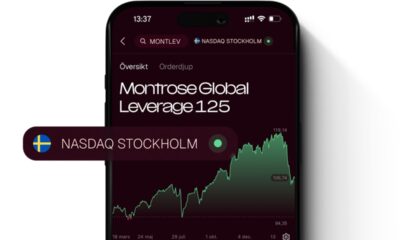
 Nyheter4 veckor sedan
Nyheter4 veckor sedan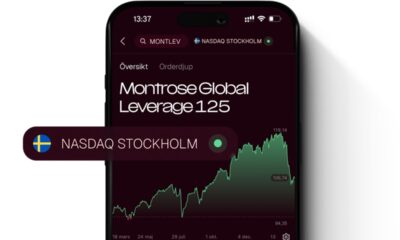
 Nyheter4 veckor sedan
Nyheter4 veckor sedan
 Nyheter4 veckor sedan
Nyheter4 veckor sedan
 Nyheter4 veckor sedan
Nyheter4 veckor sedan
 Nyheter4 veckor sedan
Nyheter4 veckor sedan
 Nyheter3 veckor sedan
Nyheter3 veckor sedan
 Nyheter3 veckor sedan
Nyheter3 veckor sedan
 Nyheter1 vecka sedan
Nyheter1 vecka sedan
